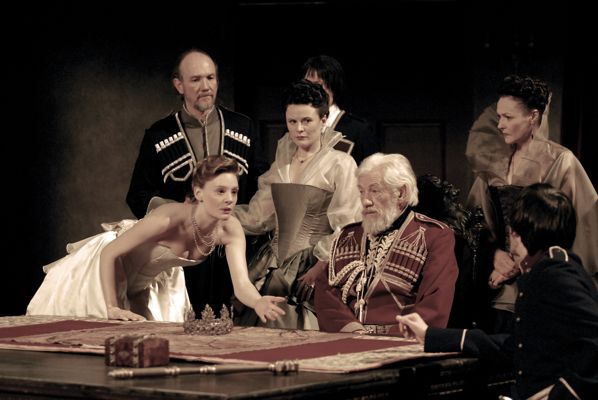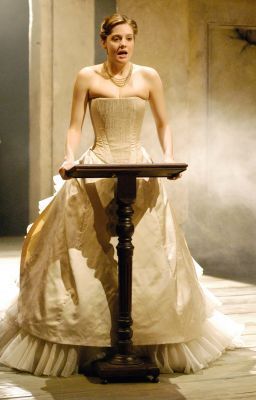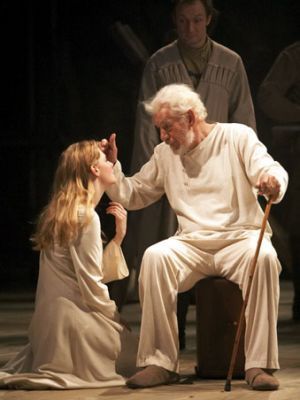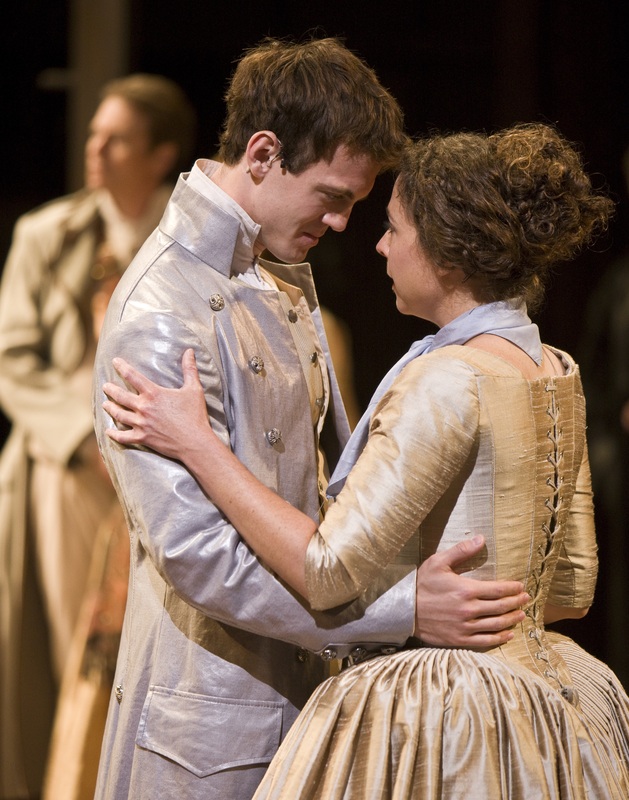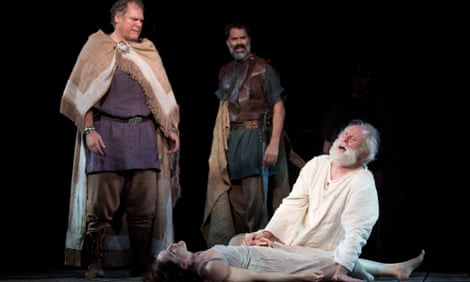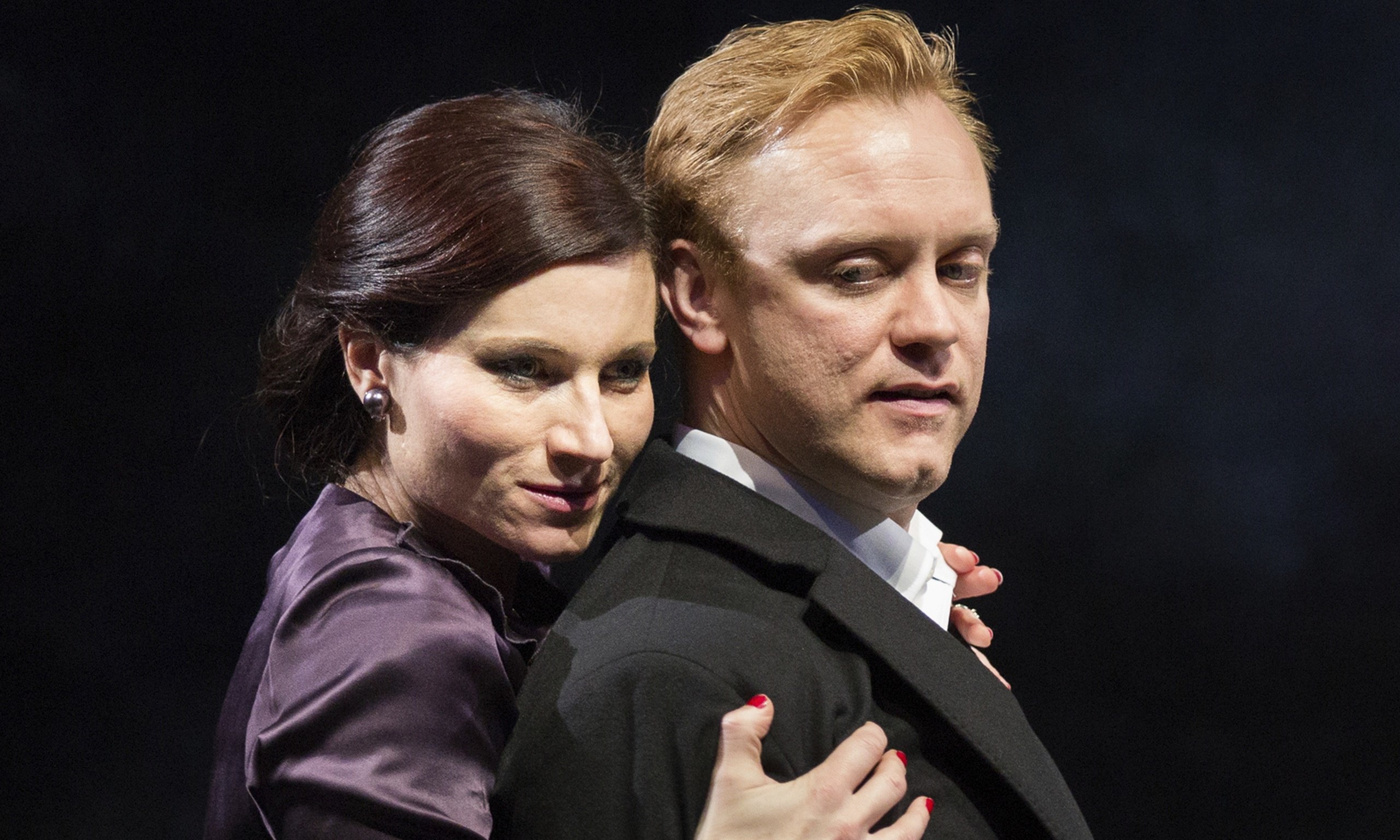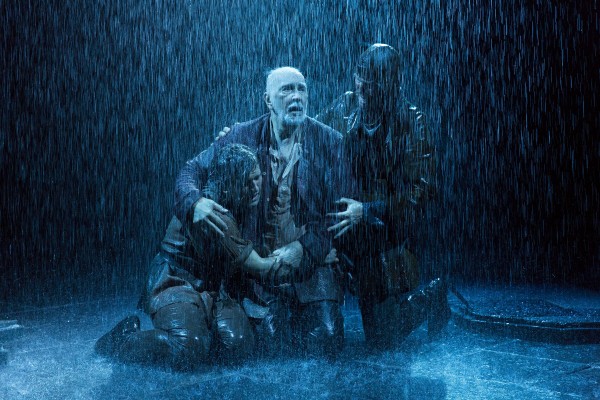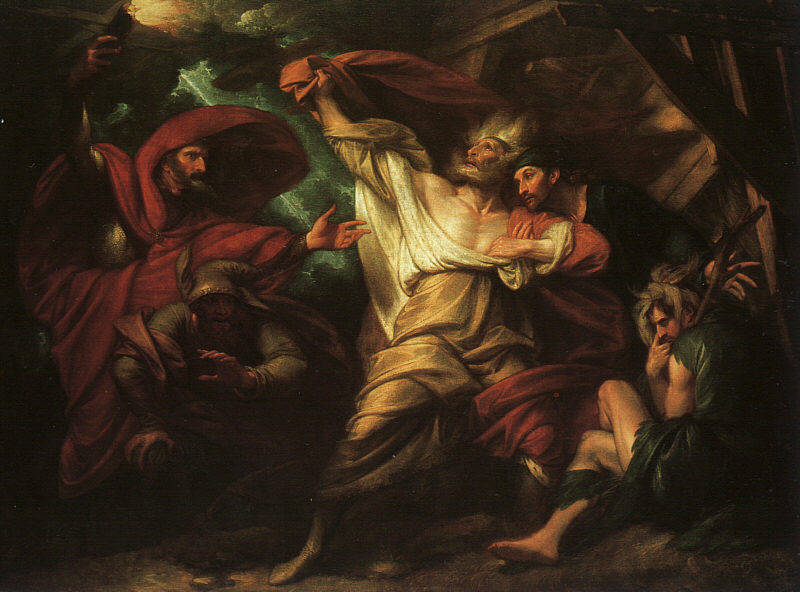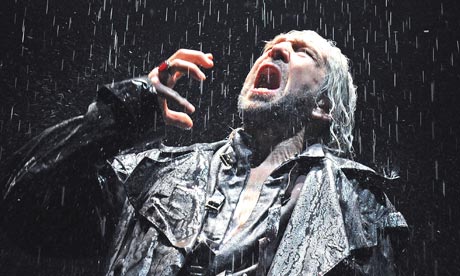Webster was born around 1579, he was from a comfortable middle class background as his father was a prosperous coach maker. As a result Webster would have encountered a 'cross section of Elizabethan society as he grew up'.
His father was also a member of a prestigious guild, Company of Merchant Taylors so it's very likely that Webster attended the Merchant Taylors' School. Boys of the school had a good reputation as an acting troupe. The rest of his education was probably completed at Middle Temple where he would have trained in the legal profession hence the recurring theme of Law and its corruption in his plays.
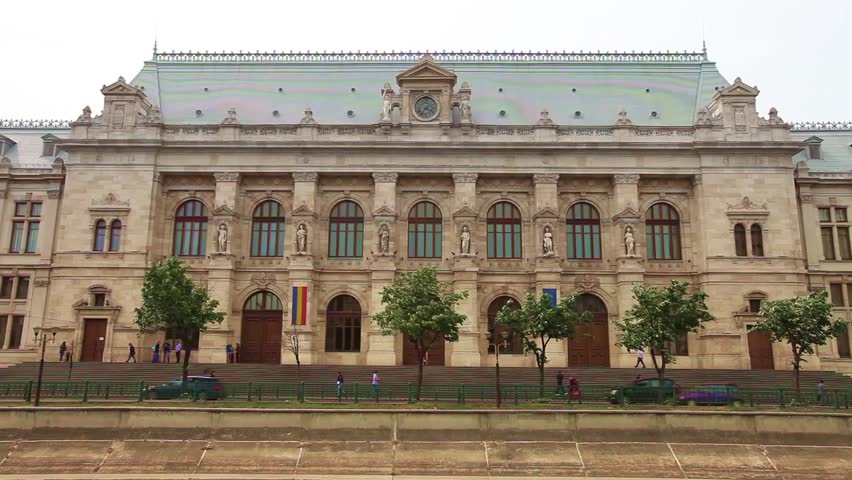)
The theatre had flourished as Webster progressed in his career. 'The Theatre' was built in 1576. It is not known exactly when Webster stepped into this burgeoning industry (The fuck do we know about him then?). But by 1602 he was firmly entrenched as a regular collaborative dramatist. Phillip Henslowe lists Webster as a co-author of 3 plays for The Rose Theatre.

Webster's earlier plays were satirical portraits of contemporary middle-class London life, drawing on Webster's own background. The influence of city comedy on Webster's tragedies, while faint, can nonetheless can be traced in scenes such as Flamineo's orchestration of his master's extra-marital affair in The White Devil.
But The White Devil was not well-received upon its first performances. His preface is the definition of pressed. The rush to the play into publication indictates that he thought the play would've had greater success as a piece of literature. He published 'A Monumental Column' an elegy for the death of Prince Henry, in 1612.
The Duchess of Malfi was performed by the King's Men at the indoor Blackfriars and the outdoor Globe. Webster did not return to single-authored plays after The White Devil, probs cause everyone thought it was shite.


There is no record of Webster's death but he is referred to in the past tense in Heywood's Hierarchie of the Blessed Angels, in 1634, which implies that he was hella dead.
Jacobean Tragedy
The White Devil is advertised on its title page as a 'Tragedy'. During the Jacobean age, tragedy was very popular.
One of the most influential and earliest definitions is from the philosopher Aristotle who described it as 'an imitation of an action that is serious, complete and of a certain magnitude' and identified several key components of a tragic plot- hamartia, anagonrisis and peripeteia.
The chorus in Aeschylus' play Agamenon sums up the conclusion of dramatic tragedy: "Men shall learn wisdom by affliction schooled."

Well known tragedies such as King Lear, Macbeth and Othello features heroes who make great errors of judgement in the first act of the play only to realise their mistakes too late. Webster's Flamineo and Vittoria can be seen as protagonists in the same mould yet they choose a sinful path in Act 1 and seem to reach comfort and security in Act V but only right at the end do they realise their actions have brought about their ruin.
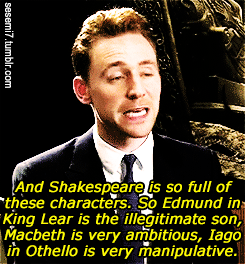
There is a strong ethical dimension to this pattern as it seems to be giving instructions to the audience. Thomas Heywood (Webster's co-author) concluded that the moral of the tragedy was to "to persuade men to humanity and good life.... showing them the fruits of honesty and the end of villainy."
Protagonist of The Revenger's Tragedy remarks: "When the bad bleeds, then is the tragedy good."
But good and bad are elastic categories.The laws of God and the laws of the state were officially one and the same in Jacobean England- as James I remarked in a speech
"to dispute what God may do is blasphemy,,, so is it sedition in subjects to dispute what a king may do in the height of his power." - Divine Right of Kings

Many Jacobean tragedies illustrate the dangerous consequences of abandoning the laws of the state and God.
Macbeth - murders the king
Lear- abdicating flouts the established order
Flamineo and Vittoria willfully reject traditional morality in order to advance themselves + they pay the ultimate price. John Ford's 'Tis Pity She's a Whore' expresses the principle of divine retribution suggesting that though "Great men may do their wills... Heaven will judge them for't another day."
Sin against the prevailing social order, these tragedies seem to say you will suffer the consequences both in this life and the next.

But many tragedies of the period contain potentially subversive challenges to the social status quo.
Doctor Faustus and Tis Pity She's a Whore depict sympathetic athetist characters whilst The Duchess of Malfi illustrates that true nobility is in a person's actions, not their birth.
Tragedy must offer the possibility of subversion. 'The White Devil' is a revenge tragedy inspired by tragedies from Roman playwright, Seneca. Which developed a tragic form which focused on the private revenge of a protagonist who had been the victim of a terrible injustice. The most famous example is The Spanish Tragedy (Thomas Kyd) which was a mix of political intrigue, ghostly visitations, plotting, madness and bloody recrimination.
J.W. Lever described this format as 'a wide range of characters , a court setting, a dynamic of complicated intrigue and delayed revenge, with a final spectacular catastrophe."

Revenge tragedy is different to classical tragedy as the revenger experiences no anagnorisis- tends to be determined to fulfill his vengeful mission until the bloody end. But the protagonists' hamartia could be the very willingness to take up the call to revenge. So revenge tragedy presents its audience with a thorny moral ambiguity. Torn between private honour and public law.
Francis Bacon in his essay 'Of Revenge' in 1597
"Revenge is a wild kind of justice which the man's nature runs to, the more ought the law to weed it out."
The revenger is caught between irreconcilable values



Well known tragedies such as King Lear, Macbeth and Othello features heroes who make great errors of judgement in the first act of the play only to realise their mistakes too late. Webster's Flamineo and Vittoria can be seen as protagonists in the same mould yet they choose a sinful path in Act 1 and seem to reach comfort and security in Act V but only right at the end do they realise their actions have brought about their ruin.

There is a strong ethical dimension to this pattern as it seems to be giving instructions to the audience. Thomas Heywood (Webster's co-author) concluded that the moral of the tragedy was to "to persuade men to humanity and good life.... showing them the fruits of honesty and the end of villainy."
Protagonist of The Revenger's Tragedy remarks: "When the bad bleeds, then is the tragedy good."
But good and bad are elastic categories.The laws of God and the laws of the state were officially one and the same in Jacobean England- as James I remarked in a speech
"to dispute what God may do is blasphemy,,, so is it sedition in subjects to dispute what a king may do in the height of his power." - Divine Right of Kings

Many Jacobean tragedies illustrate the dangerous consequences of abandoning the laws of the state and God.
Macbeth - murders the king
Lear- abdicating flouts the established order
Flamineo and Vittoria willfully reject traditional morality in order to advance themselves + they pay the ultimate price. John Ford's 'Tis Pity She's a Whore' expresses the principle of divine retribution suggesting that though "Great men may do their wills... Heaven will judge them for't another day."
Sin against the prevailing social order, these tragedies seem to say you will suffer the consequences both in this life and the next.

But many tragedies of the period contain potentially subversive challenges to the social status quo.
Doctor Faustus and Tis Pity She's a Whore depict sympathetic athetist characters whilst The Duchess of Malfi illustrates that true nobility is in a person's actions, not their birth.
Tragedy must offer the possibility of subversion. 'The White Devil' is a revenge tragedy inspired by tragedies from Roman playwright, Seneca. Which developed a tragic form which focused on the private revenge of a protagonist who had been the victim of a terrible injustice. The most famous example is The Spanish Tragedy (Thomas Kyd) which was a mix of political intrigue, ghostly visitations, plotting, madness and bloody recrimination.
J.W. Lever described this format as 'a wide range of characters , a court setting, a dynamic of complicated intrigue and delayed revenge, with a final spectacular catastrophe."

Revenge tragedy is different to classical tragedy as the revenger experiences no anagnorisis- tends to be determined to fulfill his vengeful mission until the bloody end. But the protagonists' hamartia could be the very willingness to take up the call to revenge. So revenge tragedy presents its audience with a thorny moral ambiguity. Torn between private honour and public law.
Francis Bacon in his essay 'Of Revenge' in 1597
"Revenge is a wild kind of justice which the man's nature runs to, the more ought the law to weed it out."
The revenger is caught between irreconcilable values
- Honour bound to avenge
- Christian morality dictates that he should not commit murder.

Renaissance tragedy is bare graphic in its presentation of death and violence. Gruesome physical images of widspread as well as images of cruelty. The effect of all this brutality on stage is often to paint a bleak portrait of human society.
- King Lear famously asks of the 'poor, bare, forked animal' he sees before him 'Is man no more than this?'
- Tis Pity She's a Whore' emphaises a similar view- man is described as a 'wretch, a worm, a nothing.'
- Iago in 'Othello' refers to humans in terms of animal imagery which is also seen in The White Devil which is loaded with images of human beings as animals or birds
Central figure in Jacobean drama is the 'malcontent', A man who is born into high social status who as somehow lost his position and has become educated but an impoverished outsider. His outsider stats leads him at once both to desire social advancement and to disdain the system which continues to exclude him





